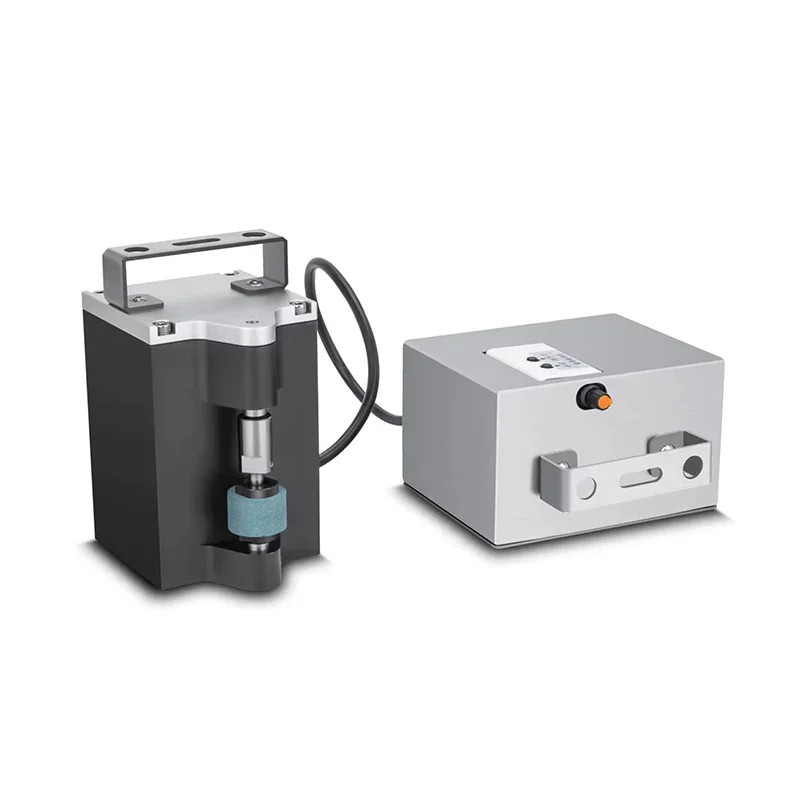Grinding is a crucial process in various industries, including manufacturing, metalworking, and construction. It involves the use of grinding wheels to remove excess material from workpieces, resulting in the desired shape, size, and surface finish. However, over time, grinding wheels can become worn, uneven, or clogged with debris, leading to a decline in grinding efficiency. This is where a grinding wheel dresser plays a vital role. In this article, we will explore the importance of a grinding wheel dresser in maintaining grinding efficiency.
Understanding Grinding Wheel Dressing
Definition and Purpose
Grinding wheel dressing refers to the process of restoring a grinding wheel's cutting ability and shape. A grinding wheel dresser is a tool used to perform this task. Its primary purpose is to remove dull abrasive grains, expose fresh cutting edges, and ensure the wheel's geometry is maintained.
Types of Grinding Wheel Dressers
There are various types of grinding wheel dressers available, including single-point dressers, multipoint dressers, and rotary dressers. Each type has its own advantages and is suitable for different grinding applications.

Importance of Grinding Wheel Dressing
Maintaining Wheel Sharpness
As grinding wheels are used, the abrasive grains gradually become dull, reducing their cutting efficiency. By using a grinding wheel dresser, the dull grains are removed, exposing sharp cutting edges. This process ensures that the grinding wheel maintains its effectiveness in removing material from the workpiece.
Preventing Wheel Loading
During the grinding process, debris from the workpiece can accumulate on the grinding wheel's surface, leading to wheel loading. This buildup of material reduces the wheel's cutting ability and can cause excessive heat generation. Regular dressing with a grinding wheel dresser helps remove the loaded debris, preventing wheel clogging and maintaining optimal grinding performance.
Restoring Wheel Geometry
Over time, grinding wheels can become uneven or develop irregular shapes due to wear. This can result in uneven material removal, poor surface finish, and increased vibration during grinding operations. By using a grinding wheel dresser, the wheel's geometry can be restored, ensuring consistent and precise grinding results.

Proper Grinding Wheel Dressing Techniques
Dressing Frequency
The frequency of dressing depends on several factors, including the grinding wheel's material, hardness, and the specific grinding application. Generally, it is recommended to dress the wheel before each grinding session or when a noticeable decline in grinding performance is observed.
Dressing Methods
The choice of dressing method depends on the type of grinding wheel dresser being used. Single-point dressers are commonly used for precision dressing, while multipoint dressers are suitable for rough dressing. Rotary dressers, on the other hand, are ideal for dressing large grinding wheels or complex wheel profiles.

Conclusion
In conclusion, a grinding wheel dresser plays a crucial role in maintaining grinding efficiency. By removing dull abrasive grains, preventing wheel loading, and restoring wheel geometry, it ensures that the grinding wheel remains sharp, efficient, and capable of delivering precise grinding results. Proper dressing techniques, including selecting the appropriate dresser type and frequency, are essential for maximizing the lifespan and performance of grinding wheels. Incorporating regular wheel dressing into grinding operations is a cost-effective way to enhance productivity, improve surface finish, and extend the life of grinding wheels.
Grinding Wheel Dresser: An Essential Tool for Precision Grinding